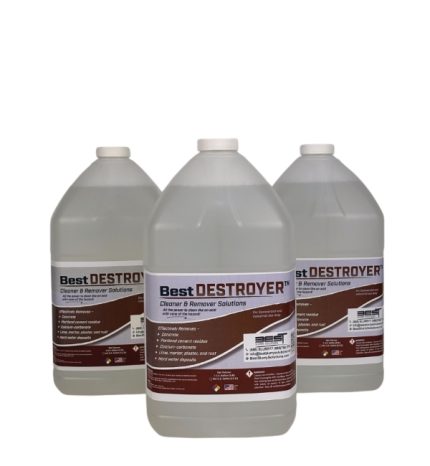Why is silica so dangerous?
Silica: A Silent Threat in Concrete Manufacturing
Silica dust is a significant hazard in concrete production, as it constitutes 20-40% of the concrete mix. Exposure to silica dust poses severe health risks to workers, including:
- Silicosis: An incurable lung disease caused by inhaling fine silica particles.
- Lung Cancer: Prolonged exposure increases the risk of developing cancer.
- Chronic Obstructive Pulmonary Disease (COPD): A group of lung conditions that cause breathing difficulties.
- Kidney Disease: Silica exposure has been linked to kidney damage over time.
The Scale of the Problem
In the United States alone, approximately 2.3 million workers across various industries are exposed to silica dust annually.
Physical Hazards
Beyond health risks, silica poses additional dangers in different weather conditions:
- When it rains: Wet silica surfaces become extremely slippery, increasing the risk of slips and falls.
- When it’s dry: Silica dust disperses into the air, reducing air quality and increasing inhalation risks.
Proper precautions, such as dust control measures, respiratory protection, and safe work practices, are essential to minimize these dangers.
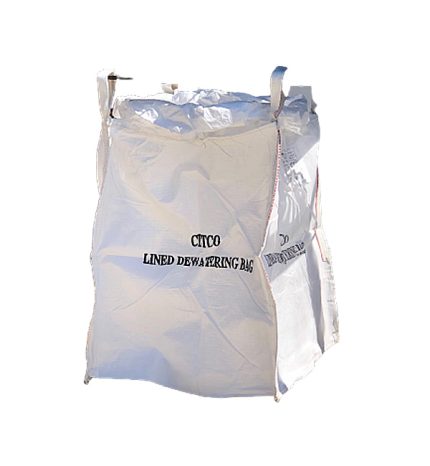 Felt Lined Dewatering Bag
$70.59 – $616.01Price range: $70.59 through $616.01
Felt Lined Dewatering Bag
$70.59 – $616.01Price range: $70.59 through $616.01
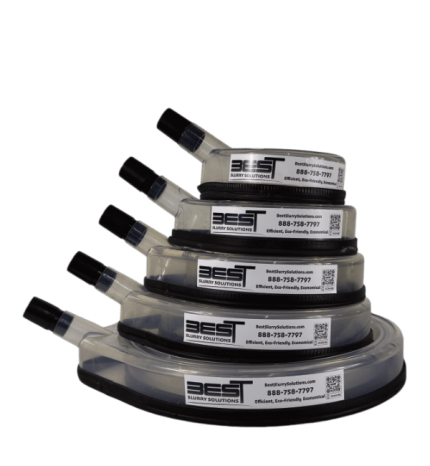 Slurry RING
$7.53 – $1,350.20Price range: $7.53 through $1,350.20
Slurry RING
$7.53 – $1,350.20Price range: $7.53 through $1,350.20
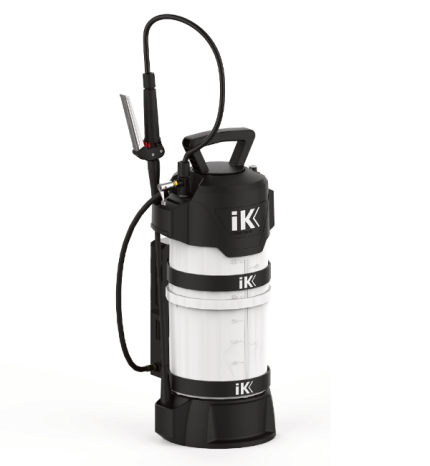 Best eFoamer
$126.00 – $381.15Price range: $126.00 through $381.15
Best eFoamer
$126.00 – $381.15Price range: $126.00 through $381.15
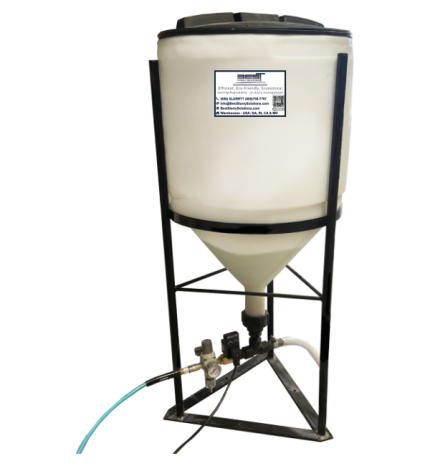 Best Slurry System
$819.60 – $2,227.50Price range: $819.60 through $2,227.50
Best Slurry System
$819.60 – $2,227.50Price range: $819.60 through $2,227.50


